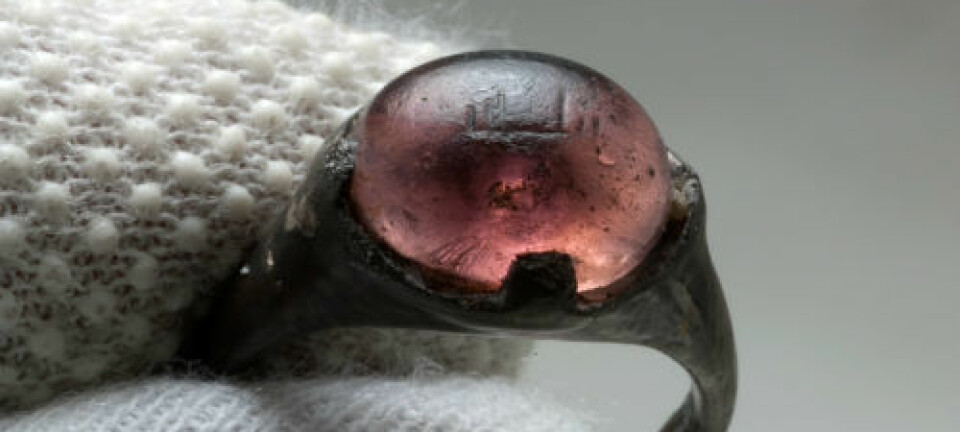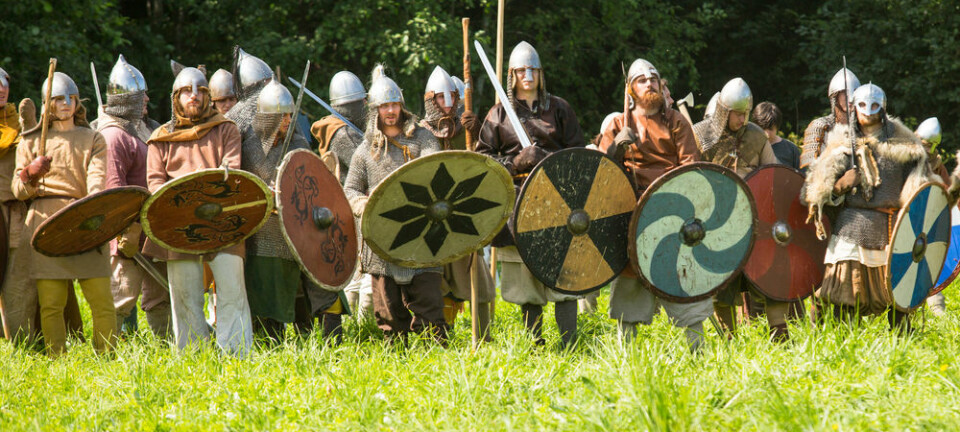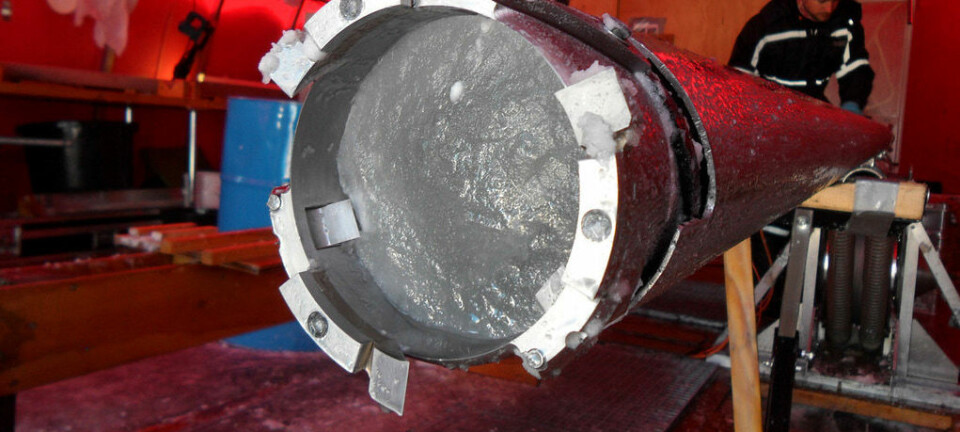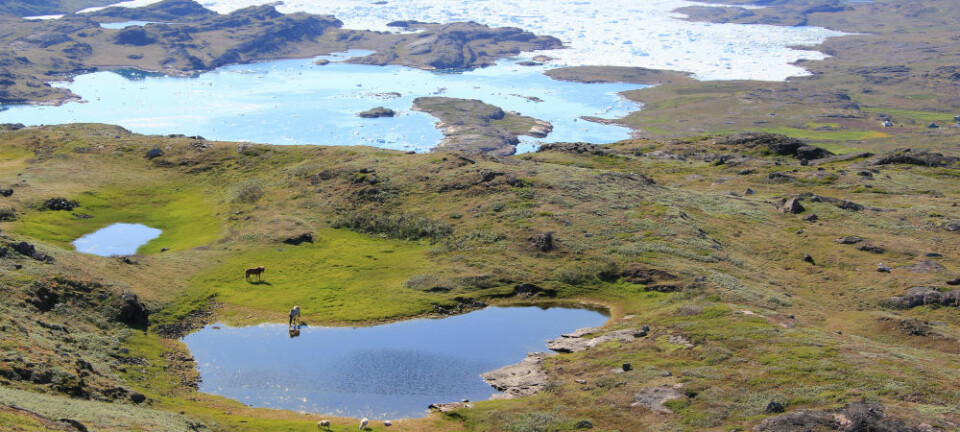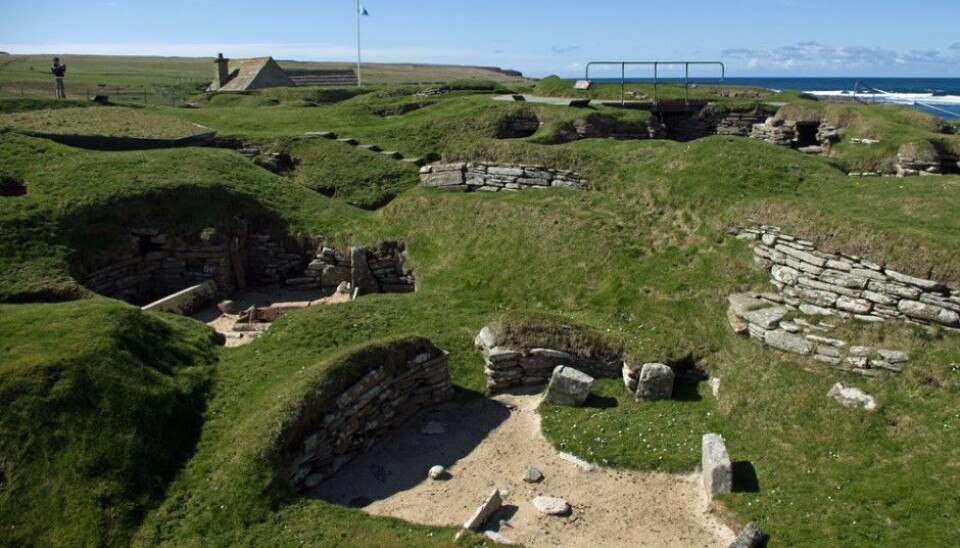
Orkney Islanders are 25 percent Norwegian
Over 1,000 years after the Vikings arrived, native Orkney Islanders are still genetically a quarter Norwegian.
Denne artikkelen er over ti år gammel og kan inneholde utdatert informasjon.
They are proud of their Viking ancestors but are not as Norwegian as they might think. The lion’s share of the genes of Orkney Islanders can be traced to the native peoples who lived their several millennia before Norwegians invaded and annexed the islands in the 9th century.
Mapping genes
British and Australian researchers have mapped the genetic structure of today’s Brits. They found that the only place where the Viking inheritance is genetically strong is the Orkney Islands. Orkney were under Norwegian rule for centuries and as a result, 25 percent of Orkney Islanders’ genes can be traced to Norway.
The locals tend to be enthusiastic about their Viking heritage, which has now also been strongly identified in their genes:
“The people here are very fond of Norway and I feel most welcome,” says Ragnhild Ljosland. The Norwegian researcher is an associate professor at the Centre for Nordic Studies at Orkney College in Kirkwall, which is part of the University of the Highlands and Islands.
Dialect
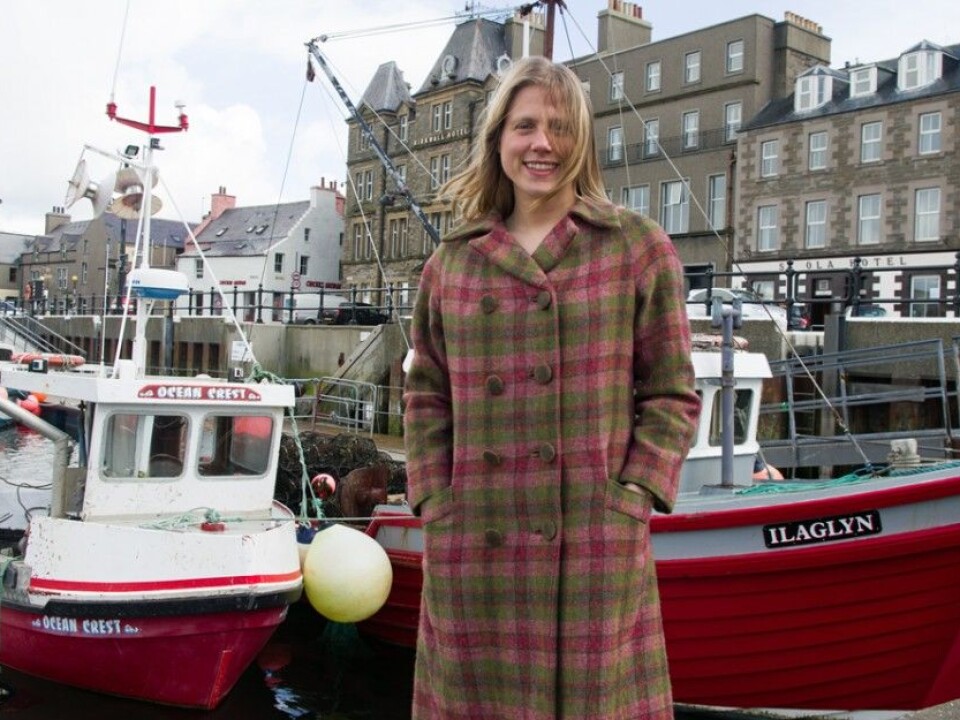
Ljosland’s research is in language, not genetics. She explains that words in Orkney dialect often have a close historic relationship to Norway:
“I feel that the Orkney dialect is just as Norwegian as it is Scottish,” she says. Ljosland mentions vowels, which have remained the same. For instance the Norwegian båt and the English boat, or the names for farming tools and animals. As for birds the Norwegian skarv (cormorant) is a scarfe in Orkney, a teist is a tistie and a lomvi is a loomie.
Ragnhild Ljosland explains that in the 15th and 16th centuries Norway and the the rest of Scotland shared stronger linguistic traits. Contemporary Norwegian and Scottish speech was then closely related.
Using the landscape
The Centre for Nordic Studies has initiated a project which also covers the way the Vikings made use of the landscape when they settled in the Orkneys.
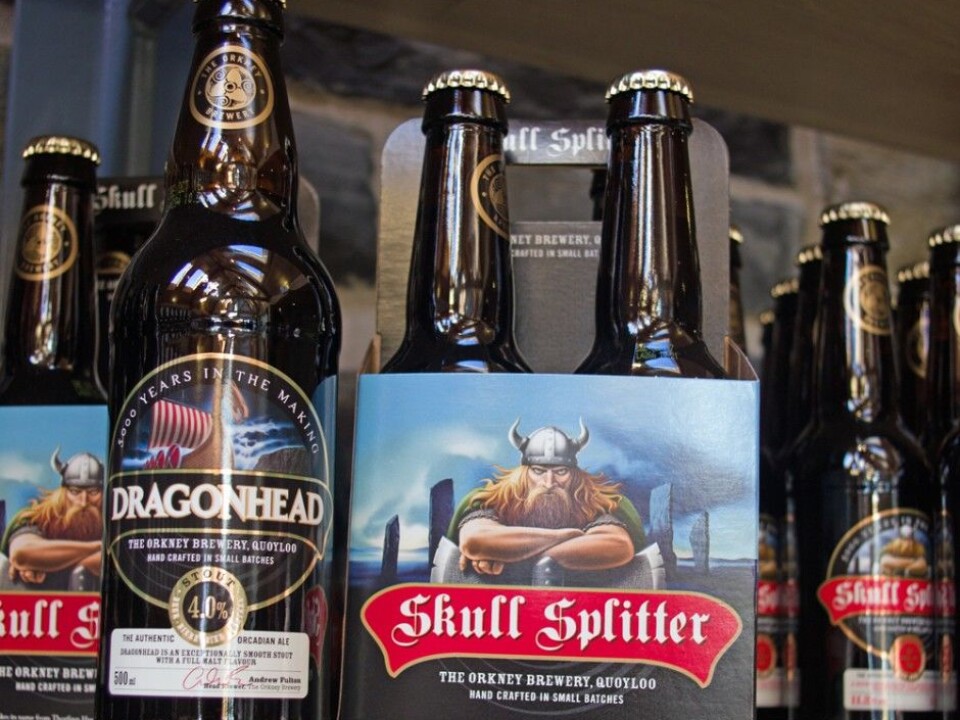
“The Vikings came here and found a landscape which was already in use, with farms, paths and burial mounds. These mounds look like the ones in Norway from the Viking Era, but they actually pre-date them,” explains Ljosland.
Picts
The same goes for the genetic make-up of today’s Orkney Islanders. It traces back much further than many have believed. A surprisingly large amount of their genes stems from the Picts and other peoples who lived on the islands long before Harald Fairhair took control of them in 875.
The other Vikings who dominated parts of the UK – the Danes in Danelaw (or Danelagh) in Eastern England – have not left anything comparable to the DNA signature as the Norwegian Vikings in the Orkneys. In fact the population of the Orkneys is the most genetically distinct in the UK, thanks to a quarter of their DNA coming from Norwegian ancestors. Most of the population in Eastern, Southern and Central England is fairly homogenous. Prior to the mass migrations of the 20th century, the last immigrants to significantly alter the British genetic make-up were the Anglo Saxons who came in the 5th century after the Romans left Great Britain.
No equivalent in Celtic DNA
The Celtic languages and culture are seeing something of a revival in Scotland, Ireland, Wales and Cornwall. But the latest research shows that the Celtic impact is more a matter of culture than genes. The Celts in Southwest England’s Cornwall, for instance, were far closer related to other English groups than to the Celts in Wales and Scotland.
The international team of researchers behind the charting of the British genes is from the University of Oxford, University College London and Murdoch Childrens Research Institute in Australia. The collected DNA samples from a carefully chosen geographically diverse sample of over 2,000 Brits. All of those selected had grandparents who were born less than 80 kilometres from one another. This has given the scientists information about the genes of the local populations in three generations.
The data was then compared with samples from 6,200 persons in ten different European countries.
Professor Peter Donnelly of the University of Oxford, who co-led the research, said in a press release: “It has long been known that human populations differ genetically, but never before have we been able to observe such exquisite and fascinating detail. By coupling this with our assessment of the genetic contributions from different parts of Europe we were able to add to our understanding of UK population history.”
-----------------------------------------
Read the Norwegian version of this article at forskning.no
Translated by: Glenn Ostling







